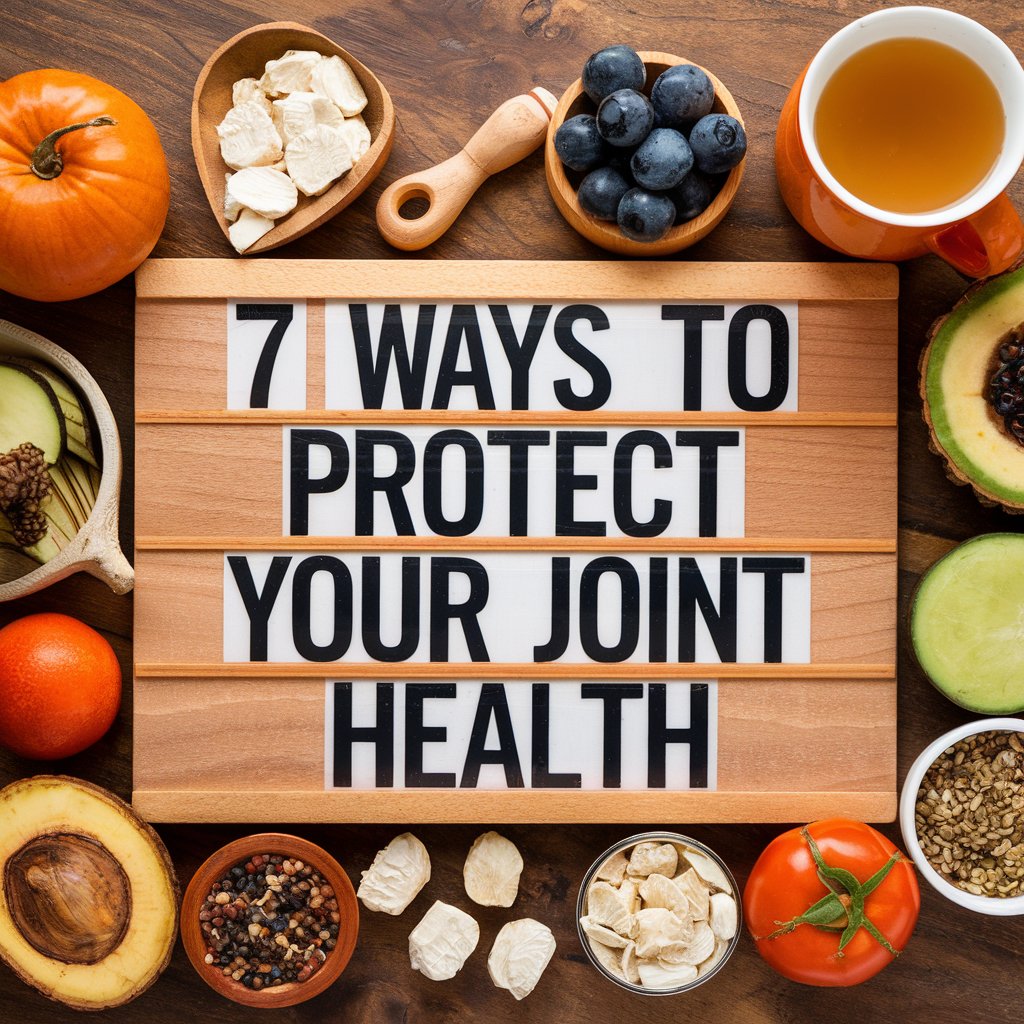In recent years we have seen a focus on people wanting to remain more active and able into later life. A big part of this starts early on in life with consideration of not only the kind of life you want to lead when you are older but a preventative approach to health. Here, we take a look at 7 ways to protect your joint health.
It’s quite normal to hear of people hitting the age of 50 and suddenly getting joint problems. Although this is very common it doesn’t necessarily need to be this way. There are changes you can make to your lifestyle now that can not only protect your joints but also support joint health in later life so that you can maintain a good quality of life.
Strength training
Muscle mass is at its best around the age of 35 but then starts to decrease with age. It is thought that a small percentage of muscle is lost every year as we get older. But muscle is vitally important for supporting our joints and promoting good joint health. Strength training – that is using heavy weights to exercise with – can help to maintain muscle mass. This can greatly contribute to better joint health not only now but later in life. Generally speaking, muscle mass is linked to better ageing, for both men and women. Strength training can also help to increase energy, reduce insomnia, improve balance and mood. It can also greatly contribute to balance by stabilising the joints. This is an important consideration as older adults have a higher risk of falls due to issues with balance, which can often result in broken bones from frailty.
Maintain a healthy weight
Although BMI itself is rather outdated, it can be helpful for understanding what a healthy weight might be. The more that a person weighs, the more pressure placed on the weight-bearing joints such as the knees and hips. Over time, this increased pressure can create extra wear and tear to the cartilage between the joints and can cause them to deteriorate quicker than normal. This is known as osteoarthritis and is a degenerative condition that causes pain and stiffness. Although it is more common in the elderly, it can occur in younger people. Losing weight can help to ease the load on weight-bearing joints which are the ones that usually get affected first.
Reduce smoking
This may sound like a strange one but smokers are more likely to experience a breakdown of the cartilage in the joints and have an increased risk of rheumatoid arthritis and injury. In fact, the risk of getting rheumatoid arthritis for smokers is 50% higher in men than those who do not smoke. This is a sobering number. But why does this happen? Smoking causes inflammation which is the trigger for many forms of arthritis but in particular, rheumatoid arthritis. The inflammation is caused by the toxins and chemicals that are absorbed when a person smokes. If you have concerns about RA, a good private rheumatologist in London will be able to see you without the need to join a waiting list.
Adopt an anti-inflammatory diet
The effect of food on joints is indirect. Certain foods including sugar, refined carbohydrates, processed foods, and alcohol, are known to increase the level of inflammation in the body. We know that inflammation can be a trigger for many forms of inflammatory arthritis (gout and rheumatoid arthritis) – and other health conditions (heart disease, diabetes, cancer). As such, inflammatory foods can indirectly affect joint health – especially over the long term when inflammation has built up and has remained high for sustained periods of time. Adopting an anti-inflammatory diet rich in vegetables, berries, and omega-3 is a good option. We understand that it’s not realistic to completely eliminate these foods from your diet, but significantly cutting back on them can help to not only protect your joint health but your overall health.
Focus on flexibility and mobility
Maintaining good flexibility and mobility is an often overlooked way of protecting the joints. Mobility can not only help to extend your range of motion but decrease pain, and reduce the risk of injury, helping you to move more comfortably. It can also help to correct muscle imbalances in the body, creating more durable joints and helping to reduce the risk of injury. Any physical activity encourages the production of synovial fluid which helps prevent the joints from becoming stiff, allowing the body to move freely. The good news is that mobility exercises can easily be done anywhere whether you are in front of the TV or in the gym.
Vitamin D for bone health
A link has been found between vitamin D and musculoskeletal health. To be more specific a lack of Vitamin D has been found to be associated with joint pain and swelling. Vitamin D is really important for bone health, and our main source of it is from exposing our skin to daylight. Vitamin D helps to regulate the amount of calcium in the body and a lack of it can lead to osteoporosis, a condition where the bone density is poor. The bones become more brittle and break easily. We’ve touched on the role of inflammation in the body and how it is linked to joint pain above, but vitamin D is another nutrient that has anti-inflammatory effects in the body. Indeed many people in the UK are deficient in vitamin D and the Government advice is to take a daily supplement during the autumn and winter months to help stay healthy.
Respect your body
Feel soreness, swelling in your joints? It’s important to respect your body by acknowledging when you’ve done too much and giving it the opportunity to rest and recover. Without doing so, injuries can take longer to heal and cause chronic issues. By identifying any symptoms early on and seeking the appropriate help, it can nip issues in the bud so that you can maintain a good quality of life.
Protecting your joint health
If you’d like to protect your joint health, try the above advice. Taking an action today to strengthen your joints, can ensure better mobility in the future – so you can enjoy a better quality of life in your later years. However, if problems still persist, it is recommended to consult a rheumatologist for professional help.






